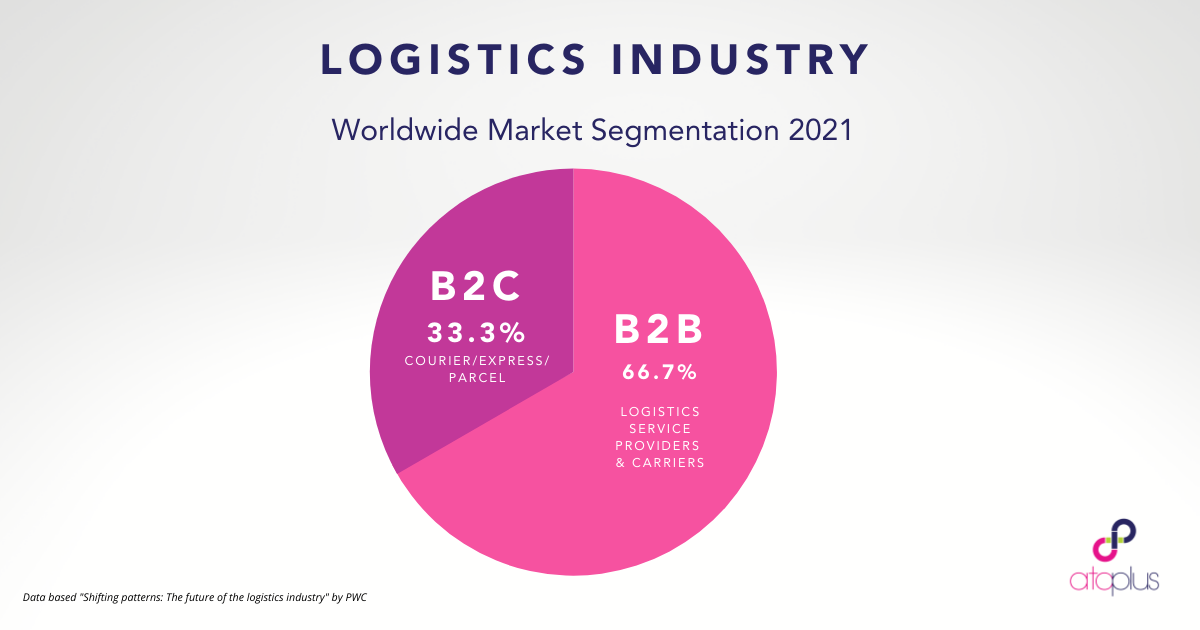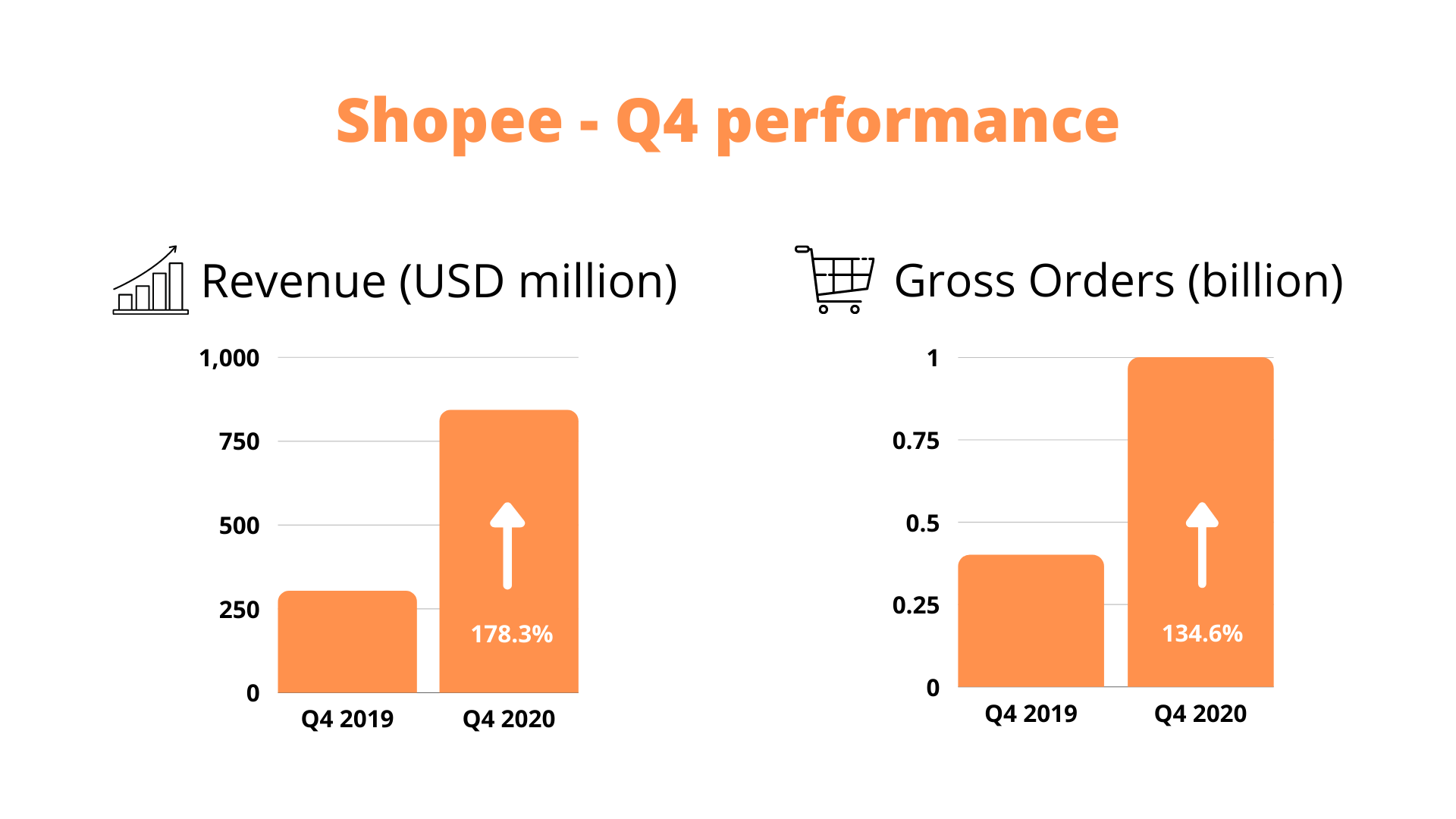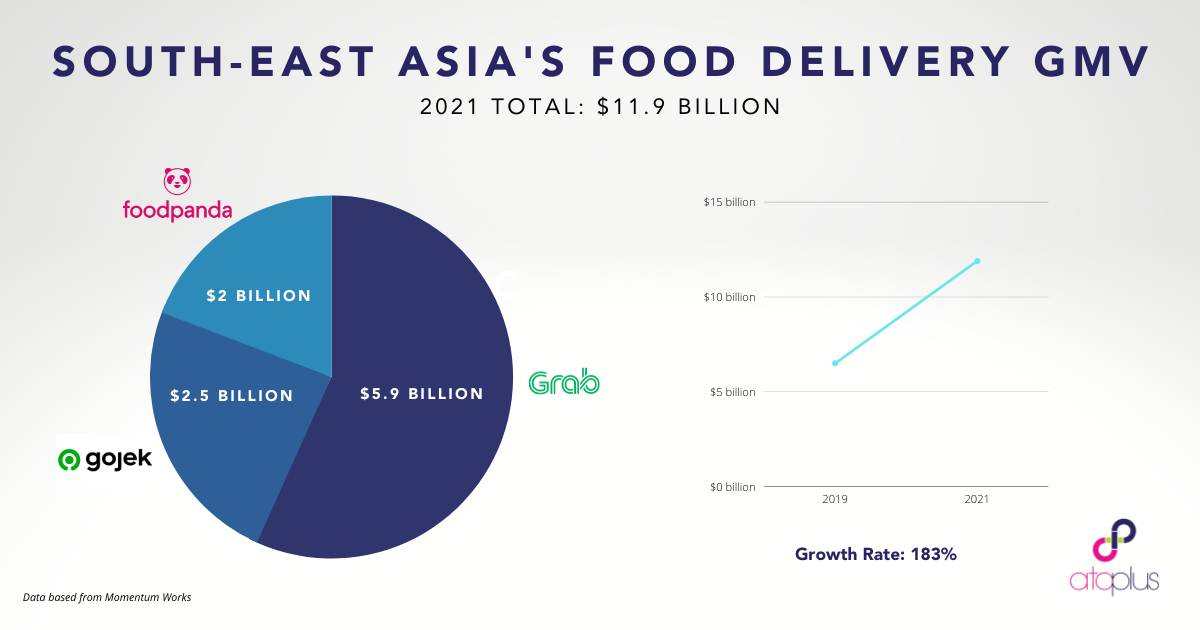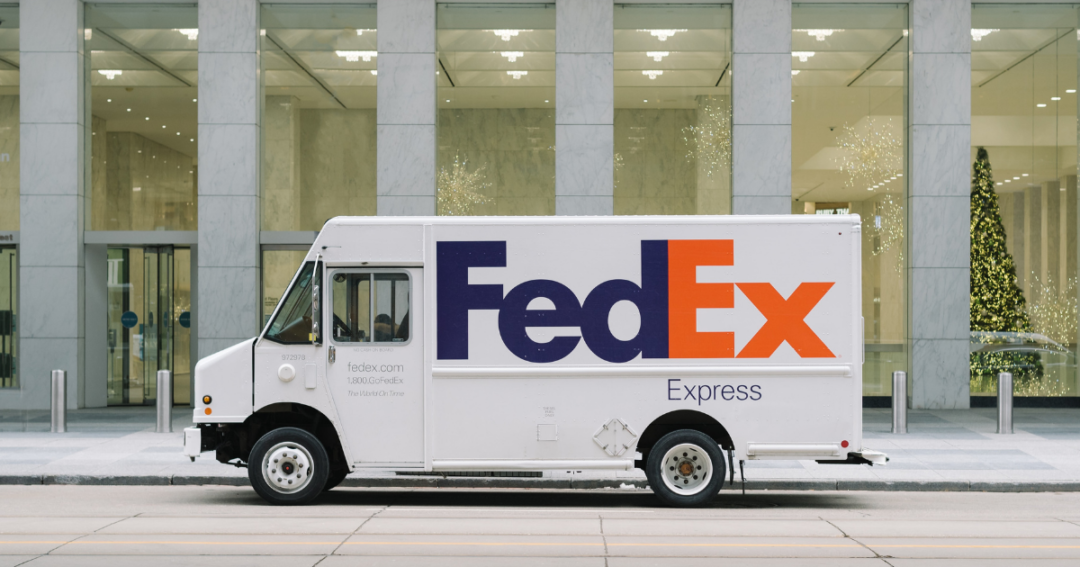(This is a 6-min read)
TLDR: The logistics industry is growing at an accelerated pace in the past year following the start of the COVID-19 pandemic. People have changed their way of life to suit the new normal resulting in more online purchases of groceries, household products and food. Therefore, the demand for logistics of these products has grown exponentially across the world to meet the needs of the demanding market.
Logistics is the process of managing how resources are acquired, stored, and transported to their final destination. It is now used widely in the business sector, particularly by companies in the manufacturing sectors, to refer to how resources are handled and moved along the supply chain. According to a report from PwC, customers in the logistics industry comprise both business-to-business (B2B) and business-to-customers (B2C) segments. However, a major part of the total market can be linked to B2B transactions, with logistics service providers and carriers accounting for the biggest portion of industry revenue. Courier/Express/Parcel represents a smaller, but faster-growing segment; and just about a third of CEP revenues can be attributed to B2C.

While many industries struggled during 2020 due to the COVID-19 pandemic, the logistics industry is one of the few industries that continues to grow. The Malaysian Freight and logistics market was valued at $37.60 billion in 2020, and it is expected to reach more than $55 billion by 2026 at a compound annual growth rate (CAGR) of more than 4% during the forecast period. The largest factor to this expansion is due to the travel restrictions in every country. As people were reluctant to go out for the health and safety of the community, there has been a greater demand for logistics as online shopping increases. Many businesses worldwide needed to adapt to the sudden change by selling online, either creating a branded website or selling it on E-commerce platforms.

Source: Sea Limited Reports Fourth Quarter and Full Year 2020 Results
Shopee – big e-commerce in the Asia Pacific region also reported a significant increase in revenue and number of orders. Their revenue grew 178.3% year-on-year in the final quarter of last year while the gross orders rose 134.6% year-on-year in the same period. Shopee became the third most downloaded app globally in the Shopping category for the year 2020. Meanwhile, Amazon announced a record performance in the same year with annual revenue rising 38% year-on-year to $386 billion and net profit rising 84% compared to last year.
Besides that, the growth of food delivery services has also skyrocketed upwards during the pandemic. The restrictions and containment measures involving social distancing, remote working, and the closure of commercial activities have resulted in many people adapting to new lifestyles. It includes eating at home or the office instead of going out to restaurants. The global online food delivery services market is expected to grow from $115.07 billion in 2020 to $126.91 billion in 2021.

In South-East Asia, food delivery grew 183% year-on-year in 2020 to reach $11.9 billion in gross merchandise value (GMV) in 2020. Ride-hailing giant Grab contributed nearly half of Southeast Asia’s food delivery GMV in 2020, hitting $5.9 billion. It was followed by food delivery service Foodpanda and Gojek. However, for the Asia-Pacific region, an article on Bloomberg suggests that Foodpanda has grown to be the largest food-delivery app excluding China and they are looking to expand in other areas, including grocery deliveries. Uber Eats in the UK has announced its latest growth figures, revealing the app has grown exponentially over the past year to cover 90% of the UK population, and is the most downloaded food and drink app in the UK in Q1 2021.

With the logistics industry booming around the world, this will surely increase the number of companies entering the market due to the high growth opportunities. However, a detailed and well-thought process is needed for these people to penetrate the current market, especially in the South-East Asia food delivery services. They need to make sure the delivery service is fast and reliable to build customer loyalty. In the meantime, the delivery cost charged towards restaurant owners should also be relatively low to ensure the food delivery app has a variety of choices and the cost borne by the consumers is kept at a minimum. On top of that, customer support should also be one of the priorities in this kind of business.
Having said that, Ata Plus, Equity Crowdfunding Platform in Malaysia will be onboarding an issuer who will look to address all the issues highlighted. They will be raising funds on the Ata Plus platform and looking to solve the problems within the food delivery market, including high delivery costs and the loss of food quality during transit. Their business model is different from Grab or Foodpanda, which means that they will not be direct competitors to them. They will be providing restaurant owners with their motor vehicles and their super app at a much affordable price compared to the likes of Grab and Foodpanda.
With the high price that Grab and Foodpanda charge to restaurant owners, it is uncertain if the shop owners will continue staying loyal to those companies. On top of that, with the pandemic coming to an end, the sales for these big food delivery companies could slowly decline and if they continue to charge at a high price, restaurant owners may switch to other delivery services that provide a better business opportunity. Stay tuned or visit Ata Plus’ website to learn more about them!
Author Profile

- I'm an analyst that is passionate about technology & innovation. Companies such as Google and Apple inspire me with new products that simplify our everyday lives.
Latest entries
 PerspectivesDecember 9, 2021Is Real Estate Still a Hot Investment Option?
PerspectivesDecember 9, 2021Is Real Estate Still a Hot Investment Option? AgricultureNovember 22, 2021Gaining “Durian Runtuh” Out of the King of Fruits
AgricultureNovember 22, 2021Gaining “Durian Runtuh” Out of the King of Fruits FoodOctober 8, 2021Healthy Bites, Healthy Life!
FoodOctober 8, 2021Healthy Bites, Healthy Life! CrowdfundingSeptember 27, 2021Infusing Technology to transcend the eyewear industry!
CrowdfundingSeptember 27, 2021Infusing Technology to transcend the eyewear industry!





No Comments